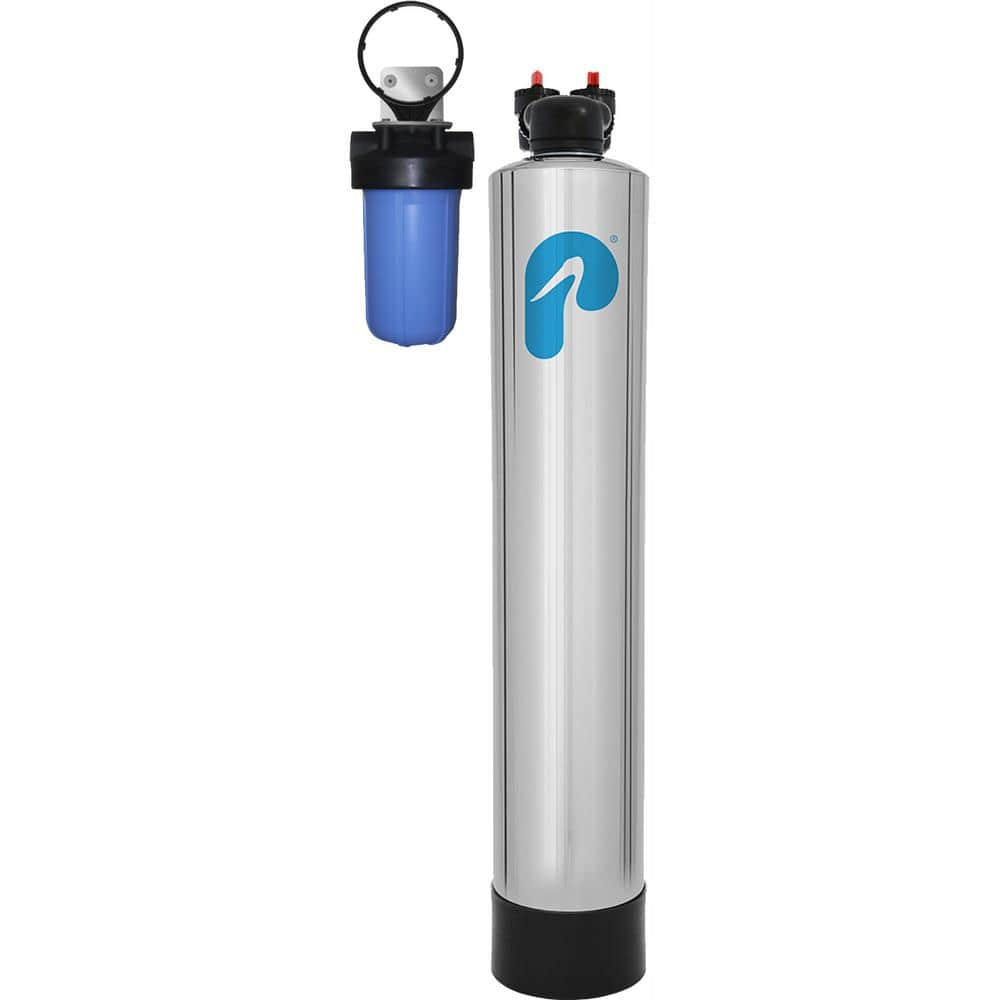The Pioneer Woman 3.5-Quart Enamel-on-Cast Iron Pumpkin Dutch Oven, Orange
3.5-quart Dutch oven with lid. Festive pumpkin shape will turn any meal into a seasonal centerpiece. Dutch oven features a gorgeous autumnal orange tone with an accent knob that’s shaped like a pumpkin’s stem to complete its pumpkin-like appearance.
Fix up all your favorite fall recipes with The Pioneer Woman 3.5-Quart Enamel-on-Cast Iron Pumpkin Dutch Oven. This pumpkin-shaped Dutch oven is a must-have for any home cook who loves the harvest season. It’s made of decorative, durable enamel on cast iron, and adds classic, seasonal charm to the kitchen. The Dutch oven features an autumnal orange tone and a metal accent knob that’s shaped like a twig to complete its pumpkin-like appearance. Thanks to this Dutch oven’s versatile design and 3.5-quart capacity, you can serve hot, freshly cooked meals directly to the table with ease. Whether you’re making a hearty harvest stew for a casual dinner or a family-sized side dish for a fall potluck, you can count on The Pioneer Woman 3.5-Quart Enamel-on-Cast Iron Pumpkin Dutch Oven to help you make some delicious meals.
Meet Ree:
Ree Drummond is a NY Times Best Selling Author, TV personality, social media phenom, and the woman behind the popular Pioneer Woman lifestyle blog that started it all. She’s also a lover of butter, basset hounds, Ethel Merman, her hunky, cowboy husband Ladd, and their four kids. Her casual country style and delicious recipes have made her a go-to for all things cooking and entertaining.
The Pioneer Woman 3.5-Quart Enamel-on-Cast Iron Pumpkin Dutch Oven, Orange:
- 3.5-quart Dutch oven with lid
- Festive pumpkin shape will turn any meal into a seasonal centerpiece
- Dutch oven features a gorgeous autumnal orange tone with an accent knob that’s shaped like a pumpkin’s stem to complete its pumpkin-like appearance
- Cast iron body distributes heat evenly
- Safe for use on gas, electric, and induction stove-tops, on the grill, and in the oven
- Durable enameled cast iron construction
- Hand wash only
Additional information
| Size | 3.5 Q |
|---|






by Sambone
Usefulness is bountiful. It looks gorgeous on table while keeping food warm inside. One of the dishes I made was ribs in the oven. I feel that the ribs came out better and took less time to cook in the Pioneer Woman cast iron pumpkin. Included in the pot was useful directions in how to care for the pot and how to remove any discoloration that might occur. Was very easy to clean. I just love having it on the table and serving out of it. Perfect no matter what the season. Got so many complaints.
by Ann
Fantastic and cute! Love it for the fall.
by Joyce
I liked the ceramic coating over the cast iron interior, and the size and looks of the Pioneer Woman 3.5 quart pumpkin shaped dutch oven. I simmered beef stew on the stove and was delighted with the results! No scorching, and easy cleanup made me very happy! This is ideal for a single person or small family.
by Dee
I never had a Dutch oven before so I am quite impressed. I did not realize it was cast-iron and I’ve never had a cast-iron skillet before so this is already getting lots of use. Very cute design of a pumpkin and it’s so pretty I keep it on my hutch to decorate in between uses.
by Gordon
The Pioneer Woman 3.5-Quart Enamel-on-Cast Iron Pumpkin Dutch Oven, Orange is a great tool for the kitchen especially during the fall. You can cook just about anything in it! Soups and stews and boil potatoes. It even cooks evenly in the oven for those casseroles. I especially like the design.
by Trish
I started collecting PW about a year ago and this pot was on my list so I was thrilled to be able to try it out. I made jambalaya in it last night and it turned out perfect! The pot gets very hot quickly so make sure you have pot holders near by especially for the lid. It didn’t say to season it before use so I didn’t and the rice stuck quite a bit to the bottom. I have pots and pans that are enamel inside and they required seasoning before use. So after I soaked my pot and used a Mr. Clean sheet to get the stuck on part off I seasoned it by rubbing oil on and then washing again. Hopefully this will help for the next use. It’s a very heavy pot made extremely well just like all PW products. I love the pumpkin look of the dish it looks so pretty on my table and I will display it year round.